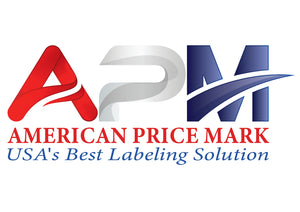The 4 Challenges of Designing Effective Beer Can Labels
Introduction
Crafting the perfect beer can label involves balancing durability, compliance, and visual appeal. Breweries face unique obstacles in creating labels that survive harsh conditions while standing out on crowded shelves.
Key Challenges in Beer Label Production
1. Material Limitations
-
Moisture resistance: Standard paper labels fail in refrigerated environments, requiring synthetic materials like BOPP films
-
Application hazards: Condensation during cold filling can cause adhesive failure or bubbling
-
Cost tradeoffs: Metallic/clear films increase production costs by 15-30% compared to paper
2. Regulatory Hurdles
-
TTB compliance: Mandatory elements (ABV, brewery location) must occupy ≥30% of label space
-
Legibility requirements: Minimum 2mm font size for government warnings
-
Approval delays: New label designs average 25-45 days for TTB review
3. Design Constraints
| Challenge | Solution |
|---|---|
| Limited "sweet spot" visibility | Bold front-facing branding |
| Can curvature distortion | 3D mockups before mass production |
| Color consistency | Pantone-matched inks for batch uniformity |
Pro Tip: Always test labels on actual cans – digital proofs often miss application flaws.
4. Production Bottlenecks
-
Shrink sleeve printers often have 8-12 week lead times
-
Minimum order quantities (typically 10,000+ units) strain small breweries
-
Weather delays can disrupt adhesive curing processes
Optimizing Your Label Workflow
-
Prototype early – Test materials under realistic conditions (ice baths, humidity chambers)
-
Simplify designs – Reduce colors to lower print costs
-
Diversify suppliers – Maintain relationships with at least 2 label manufacturers

